The lost art of haggling is not for everybody. My mom is one of those people. She has such a kind and loving heart it makes it hard for her to negotiate. I, on the other hand, love it. My husband Joey tells me I’m actually really good at it.
I get my supreme haggling skills from my late grandpa. He always had a knack for smelling out good deals. From a young age, I watched and learned as he perfected the art of showing interested in something, offering a price he was willing to pay and then if he didn’t get the deal he wanted – casually walking away. It never ceased to amaze me, that even in Canada, where haggling is not a common practice, he managed to wheel and deal, getting products well below asking price.
Bartering and haggling is a trade that has been around for centuries. In fact, these practices are still alive and well in developing countries. It’s no secret that with bartering you win some and you lose some – that is the nature of the trade. but how do you minimize this?
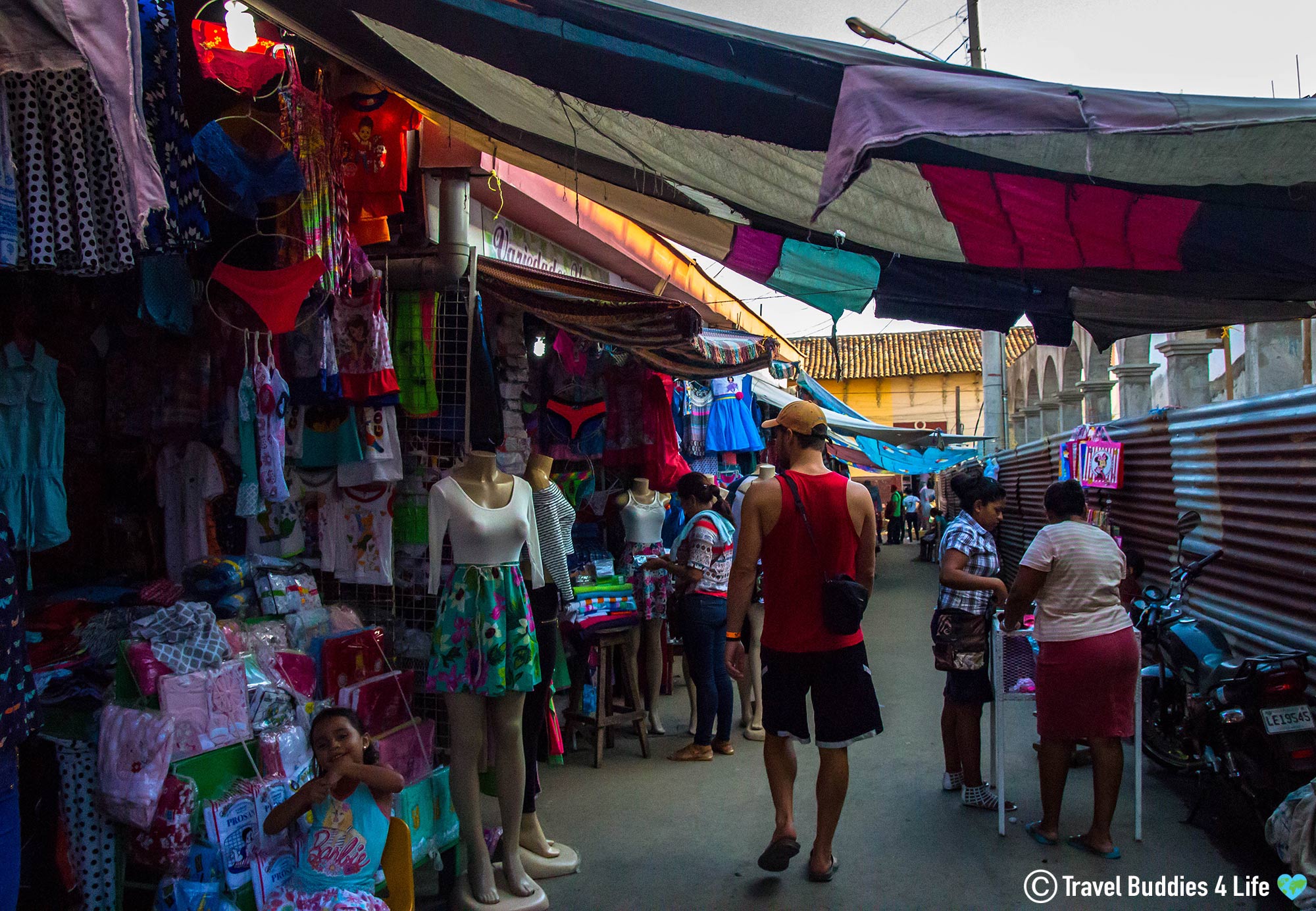
All of the best hagglers have one thing in common: they know when to give in and they know when to walk away. To minimize your chances of paying well over the market price for your next tropical souvenir, here is a list of things to keep in mind the next time you are on vacation delving into the art of haggling:
Chances are when traveling to a foreign country most residents will know right away, either from the language barrier or your big camera, that you are a tourist. That in an of itself is a disadvantage leaving you at the mercy of street merchants. That being said when going to the local markets, there is no need to put on your most expensive clothes, if you appear rich they will try to squeeze every penny that they can out of you.
Dealing with foreign currency while on vacation can be downright confusing for some people. The best way to know the prices and make sure that you’re not getting ripped off, is to have the currency conversion memorized and your cell phone handy. By quickly doing the math on any price that they offer, you can determine what you are actually paying in your home country’s money. The fluctuating conversion rate can be looked up online at http://www.xe.com/.
A simple currency conversion equation:
* for the example I will use Cuban Pesos (CUP) to Canadian Dollars (CAD)
A/B = C
A = The price of the souvenir in CUP
B = ₱20 CUP = $1 CAD (obtained online from: http://www.xe.com/)
C = The converted price of the souvenir in CAD
When I first arrive at a market, I like to ask at a few shops and get an idea of the prices for souvenirs I am interested in. Once I figure out their asking price, I find a shop and put in an offer significantly lower than the asking price. The reason I aim low is because generally merchants will counter and after a few back and forth offers we will eventually meet with a price in the middle. It is important to really rate the value of your souvenir in case you come across a shop owner that is unwilling to lower their price. There is no shame in giving up and walking away.
The hardest part of being a good haggler is curbing your enthusiasm. Once a store owner sees the “I need to have this look” you can kiss your good deal goodbye. Most people, myself included, struggle with seeming too excited or attached when they find the perfect trinket. The key is to seem indifferent and not spend too much time looking at a particular souvenir, especially if it’s one you’re really interested in.
Most merchants are big fans of trying to sell as much of their little trinkets as possible. Offering to buy souvenirs in bulk is music to any street vendors ears. Have a big family that you want to bring something home to? The best way to go is to buy in pairs or triplets.
Holding my ground and then walking away is a method I have perfected to a tee. If I decide on a reasonable price for the souvenir and don’t get the price I want, I put the object back on the shelf and leave the store. It helps when you realize that about 20 other shops in the area will likely have the same item and if the deal falls through at one place you can just as easily go and haggle for deals at another place. For me, 9 times out of 10, if I put the souvenir down and head out the door, the store owner will cave and I will get the trinket for the price I haggled for.
Remembering these tips and tricks while traveling and haggling in a foreign country does not guarantee that you won’t get ripped off, only common sense can do that, but they will certainly help you get better deals from local vendors. Learning to properly haggle is great to save money when you visit local markets and ultimately enabling you to travel longer and cheaper.
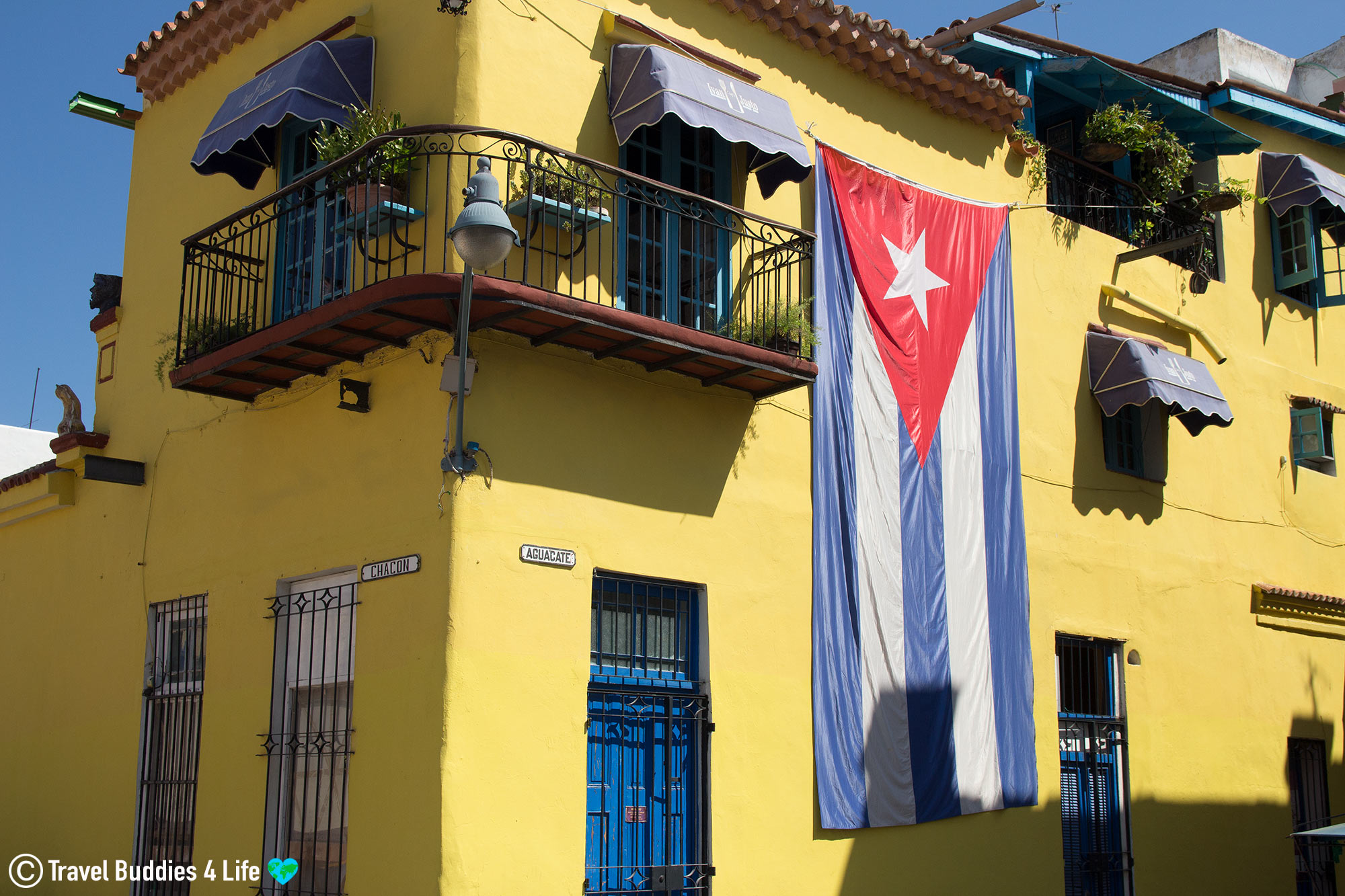
While on vacation, have you ever tried haggling? Did you succeed? Was it an easier or harder practice than you imagined?
Writers Note: This post may contain affiliate links. We will make a small commission if you make a purchase through one of these links, at no extra cost to you. See full disclosure and disclaimer policy here.


Visit the action packed Caribbean island of Cuba to have the best all inclusive vacation of your life.
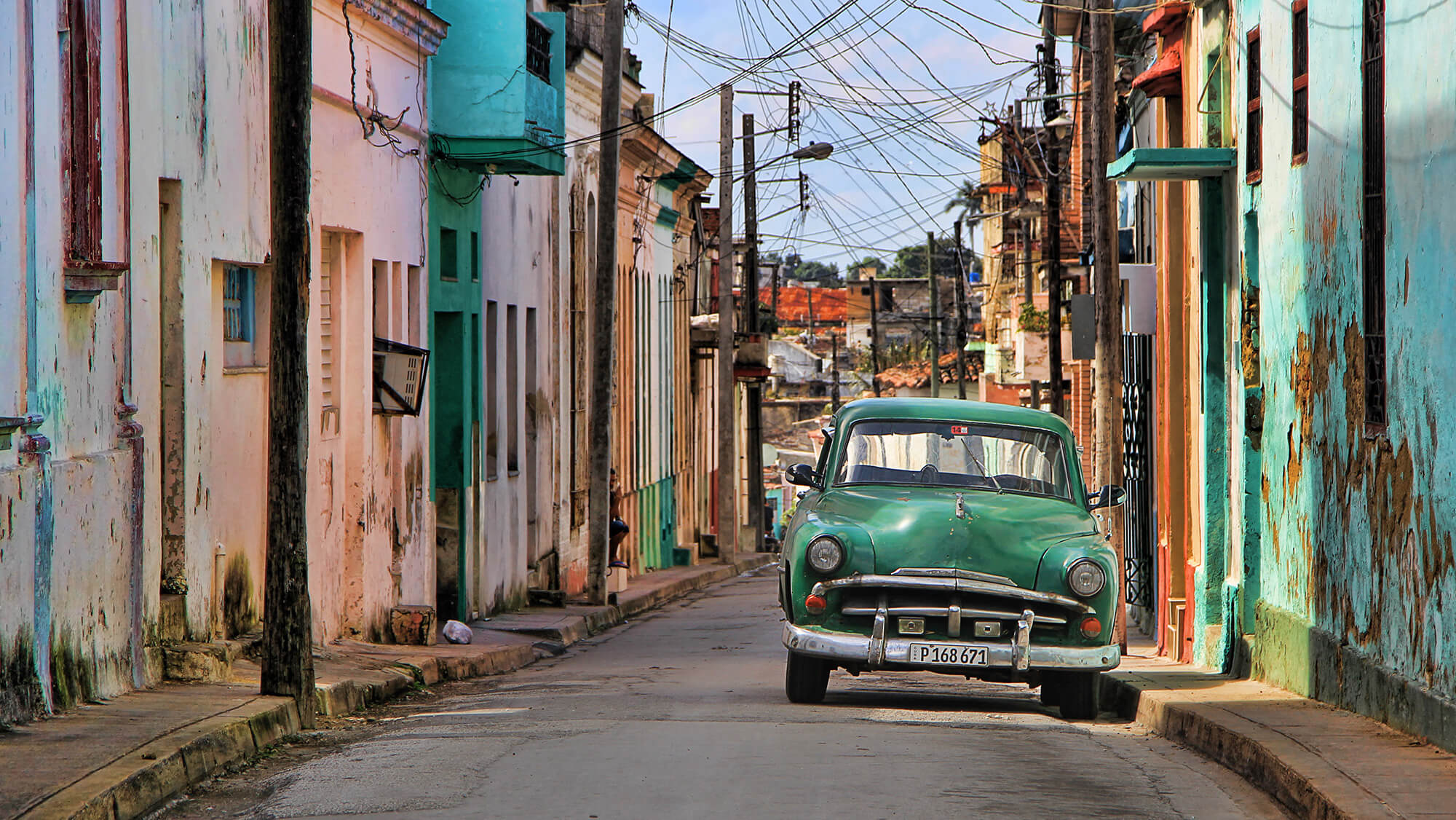
Follow our vacation highlights for a list of the best things to do while travelling to Cuba.

Traveling from Canada to Costa Rica for an extended honeymoon is not without its mishaps.
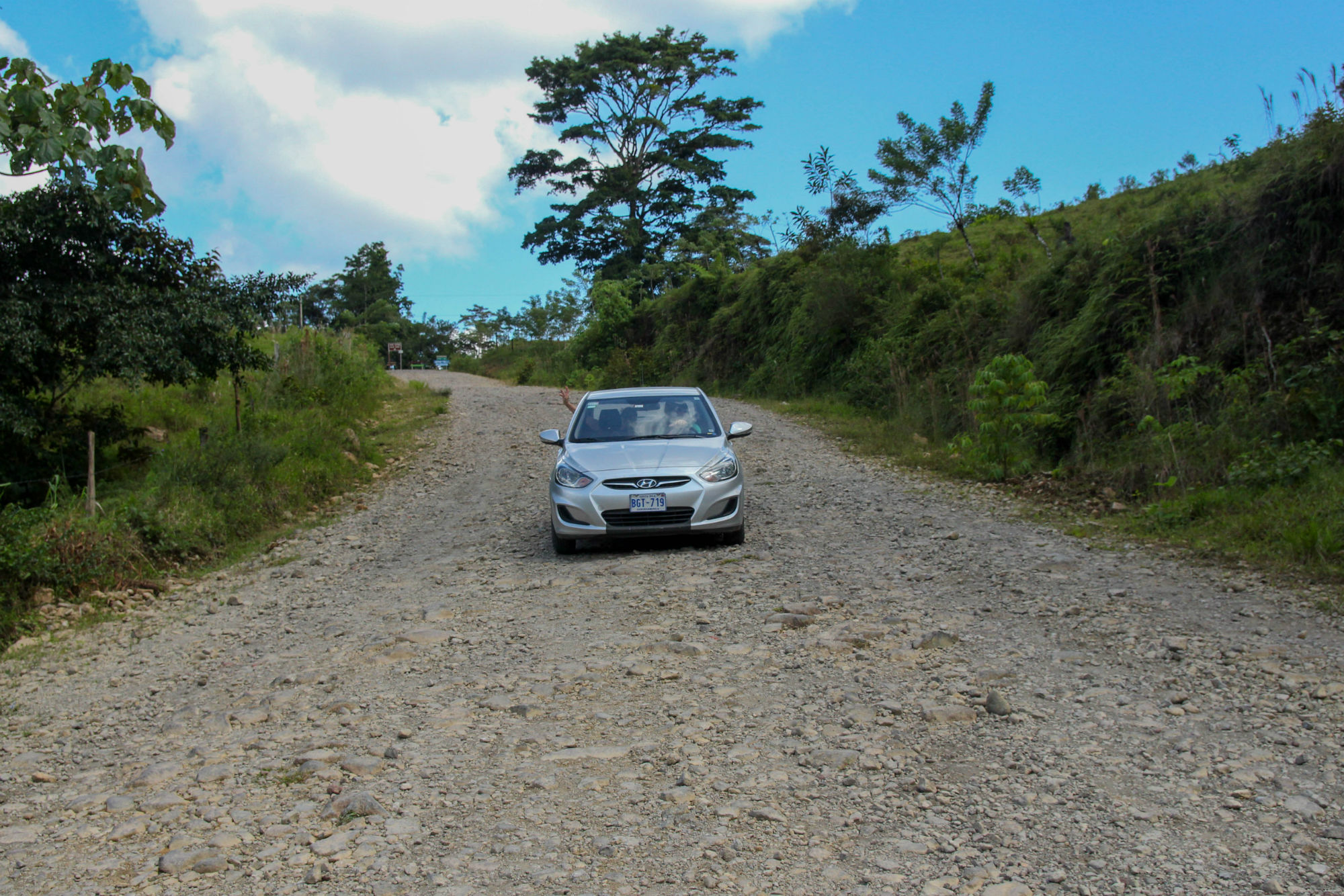
Figuring out the best way to get around Costa Rica's with their different means of transportation.
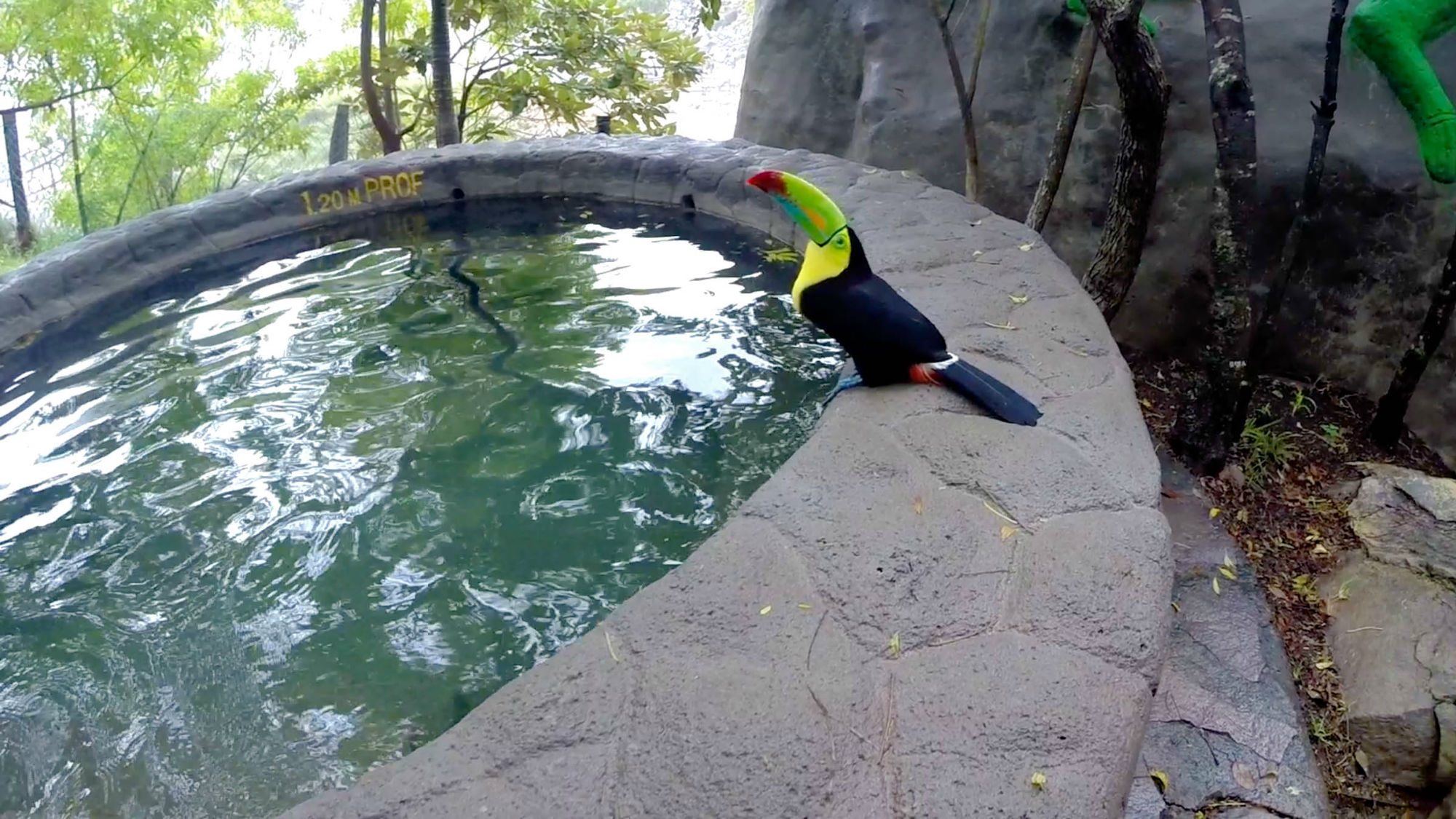
The Miravalles Volcano Tour gave us a the best overview of some of Costa Rica's highlighted activities.
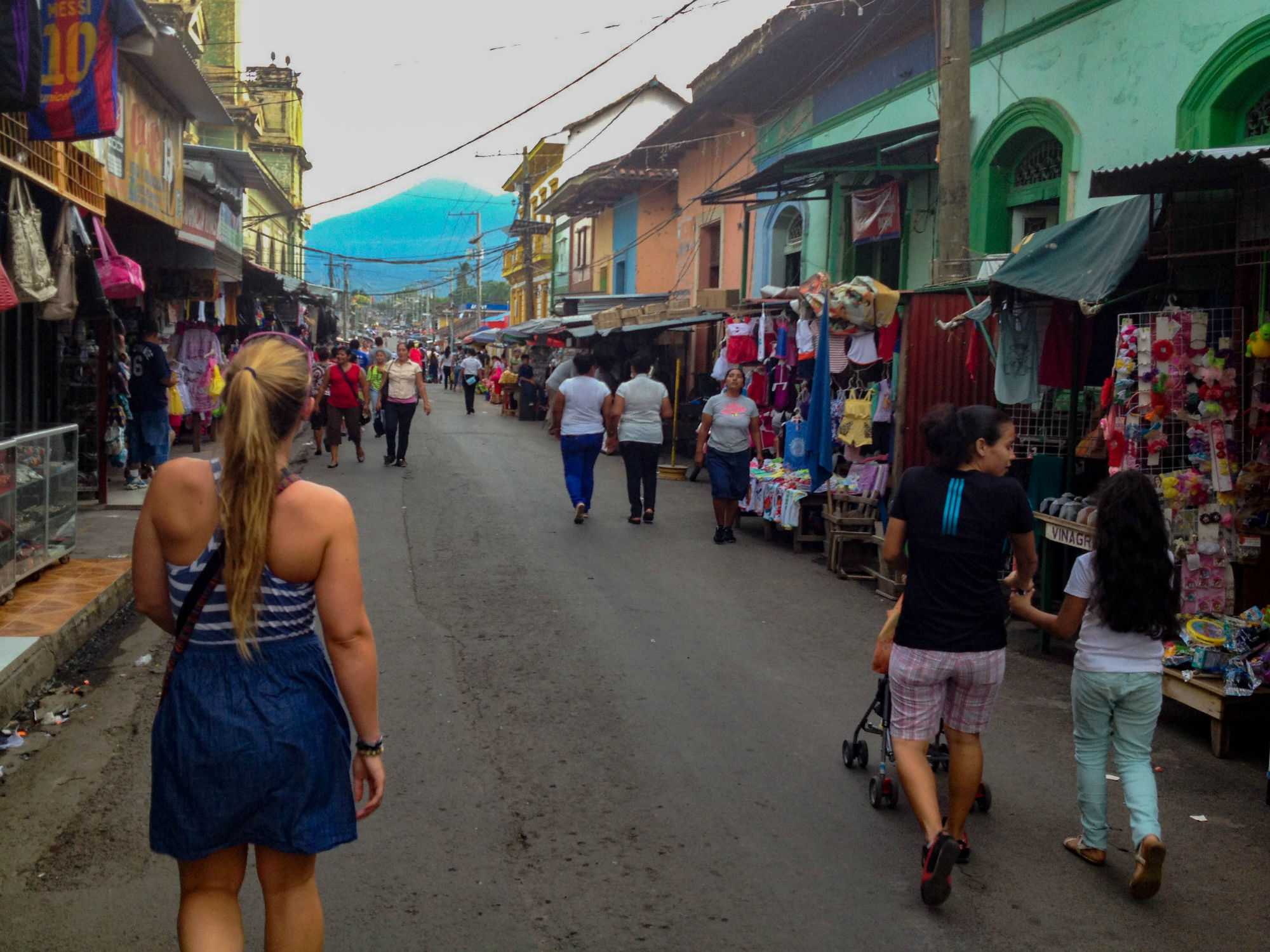
Its never easy crossing from one country to another let alone between countries with only one official border crossing.

On vacation in Granada, Nicaragua and wondering what to do? Check out the best 9 things to do around the city.
